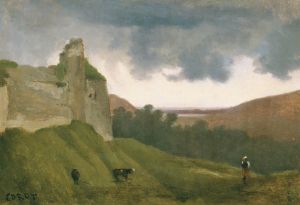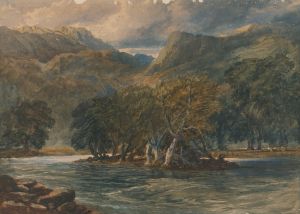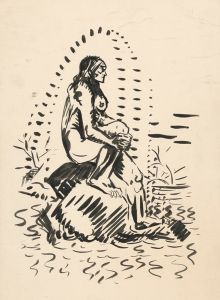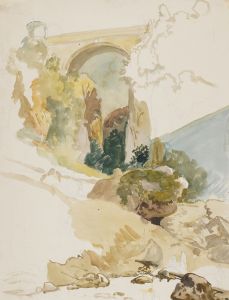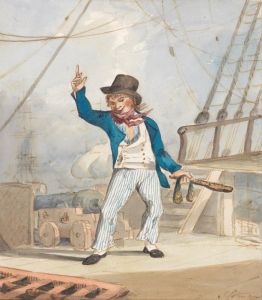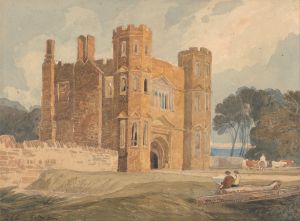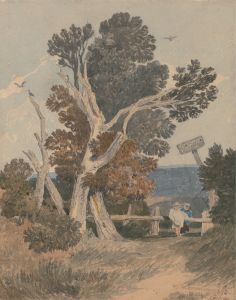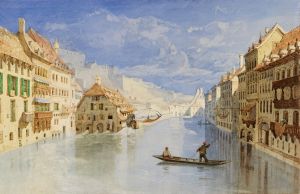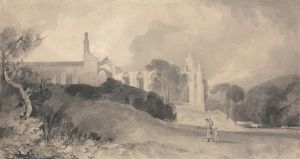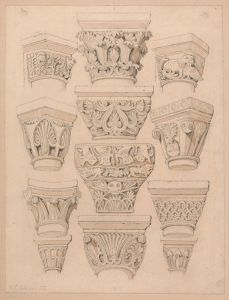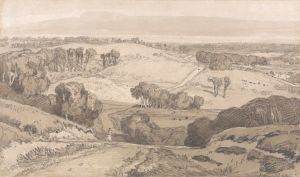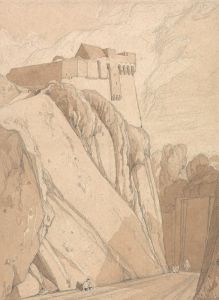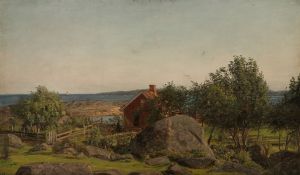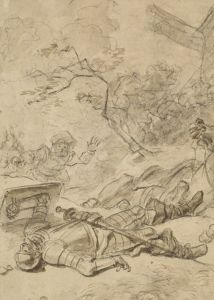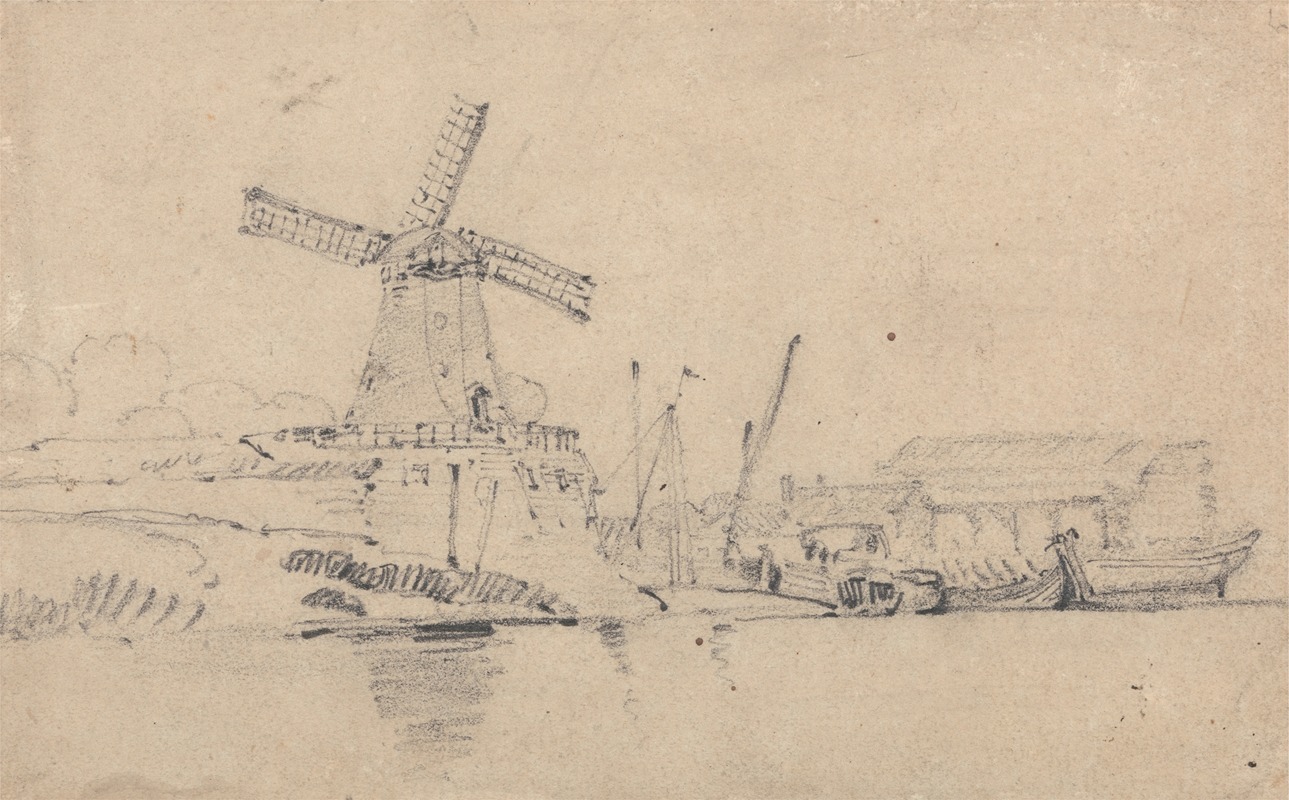
River and Windmill
A hand-painted replica of John Sell Cotman’s masterpiece River and Windmill, meticulously crafted by professional artists to capture the true essence of the original. Each piece is created with museum-quality canvas and rare mineral pigments, carefully painted by experienced artists with delicate brushstrokes and rich, layered colors to perfectly recreate the texture of the original artwork. Unlike machine-printed reproductions, this hand-painted version brings the painting to life, infused with the artist’s emotions and skill in every stroke. Whether for personal collection or home decoration, it instantly elevates the artistic atmosphere of any space.
John Sell Cotman (1782–1842) was a prominent English painter, illustrator, and etcher associated with the Norwich School of painters, a group of artists active in the early 19th century. Known for his mastery of watercolors and his innovative approach to landscape art, Cotman produced works that emphasized simplicity, structure, and mood. One of his notable works is River and Windmill, a watercolor painting that exemplifies his skill in capturing the essence of rural England.
River and Windmill depicts a serene riverside scene dominated by a windmill, a common feature of the English countryside during Cotman’s time. The composition is characterized by its balance and clarity, with the river flowing gently through the foreground and the windmill standing as a focal point in the middle ground. Cotman’s use of muted tones and subtle gradations of color creates a tranquil atmosphere, reflecting his ability to evoke emotion through minimalistic yet precise details.
The painting demonstrates Cotman’s interest in architectural forms and their integration into natural landscapes. The windmill, rendered with clean lines and careful attention to proportion, contrasts with the organic shapes of the surrounding trees and water. This interplay between man-made structures and nature is a recurring theme in Cotman’s work, showcasing his sensitivity to the harmony between the two.
Cotman’s technique in River and Windmill highlights his innovative approach to watercolor painting. He often employed a limited palette and relied on washes of color to build depth and texture. This method allowed him to achieve a sense of luminosity and atmosphere, qualities that are evident in this work. The painting’s simplicity belies the technical skill required to achieve such a cohesive and evocative composition.
While the exact date of River and Windmill is not definitively documented, it is consistent with Cotman’s mature style, which he developed during his later years. By this time, he had refined his approach to landscape painting, moving away from the more detailed and descriptive style of his earlier works to focus on mood and abstraction.
Today, River and Windmill is recognized as an example of Cotman’s contribution to the development of watercolor as a serious artistic medium. His work influenced subsequent generations of artists and remains celebrated for its timeless beauty and innovative techniques.





